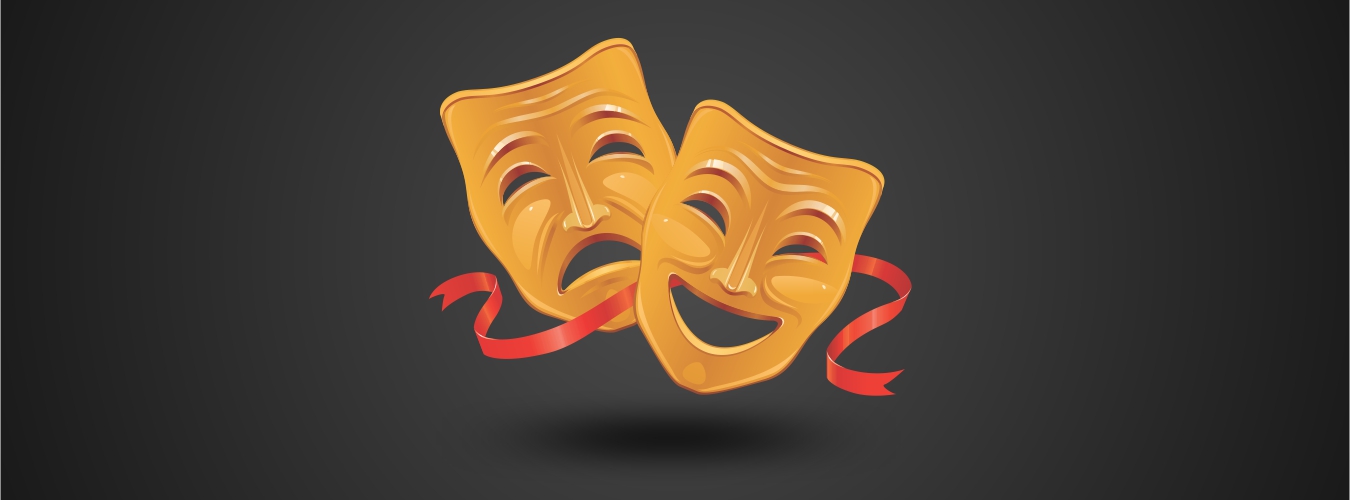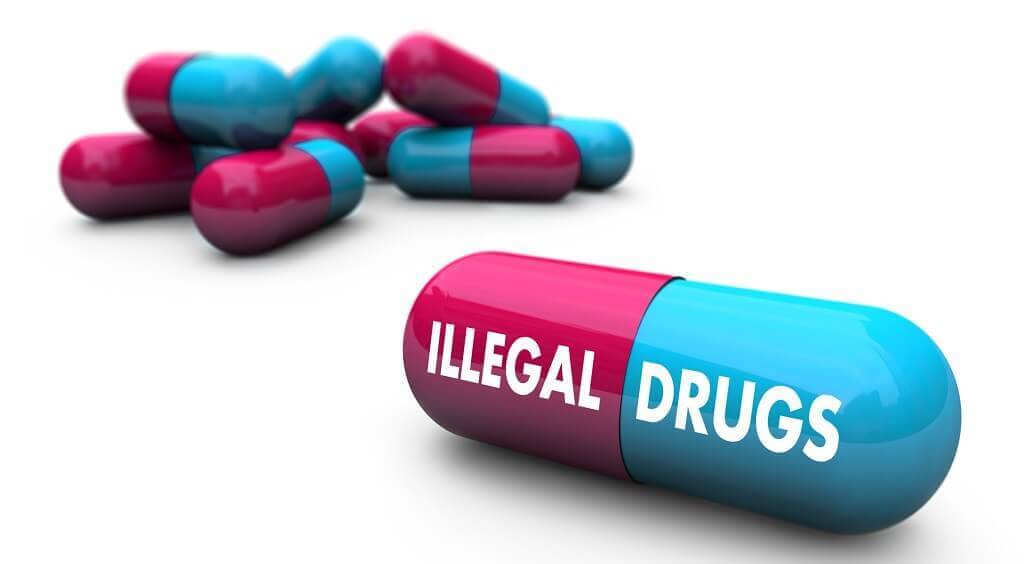Addiction is a complex psychological and neurological disorder that is often characterised by compulsive substance and/or alcohol abuse. The operative word here is compulsive – the inability to control the urge to use these harmful substances.
People with severe substance use disorder have an intense focus on using such substances to the point where it takes over their lives and presents a potent danger to their physical health and mental well-being. Substance abuse and addiction can lead to severe health complications and even death.
Addiction shares almost similar symptoms with other neurological illnesses such as Attention Deficit Hyperactivity Disorder (ADHD), anxiety disorders and other forms of neurological disorders. So you must be thinking, how do we differentiate addiction from these ones?
Experts have outlined four key factors that must be present before a positive diagnosis of addiction can be given. These key factors have been aptly termed the four Cs of addiction.
The 4 Cs of the addiction model is a quick way to identify if someone has an addiction problem. This model is simple, and individuals or family members can use this on their loved ones.
Contents
1. Compulsion:
For a set of behavior to be said to be an addiction, it must be compulsive. All addicts must feel an overpowering urge to use. While users may be impulsive at the earliest stages of addiction, substance use/abuse will soon become compulsive. That is, not performing the behavior will cause agonising anxiety and impair all other activities.
2. Craving:
For addicts, the urge to use feels like a physical need, like hunger, it is demanding. “Craving” in the context of addiction is not much different from craving water when you’re thirsty. The drug has become associated with a vital, life-giving action, even though it’s the absolute opposite.
3. Consequences:
The person in question continues to use/abuse substances even when there are negative consequences to their use of drugs. “Negative consequences” are naturally tied to each person’s circumstances. Still, we all agree that car accidents, blackouts, DWI/DUI, ER visits, work trouble, increased conflict and a whole boatload of other bad outcomes come with addiction.
4. Control:
Control over when, how, or if the person uses a substance vanishes. If the individual plans to only have 2 beers a day but drinks a six-pack a day all week, we have a problem! Often in early addiction, the individual does have an understanding they’re heading for a certain difficulty and will attempt to reduce or eliminate their drug abuse on their own. If they fail, their addiction will veer out of control. Success is unlikely without professional help and support.
You might have gone through the model and have become fearful that a loved one may be going through addiction. A point to note, individuals and loved ones dealing with some form of addiction would benefit from your concern and support.
You can help them get help by speaking to a professional or contact your local Alcoholics Anonymous (AA) – if the addiction is alcohol – gathering for support and insights on how to deal with the problem. Or you can read these tips on how to detox from marijuana, which is another common addiction.
We hope you liked the article. If you have any questions, leave them in the comments below.






Comments are off this post!